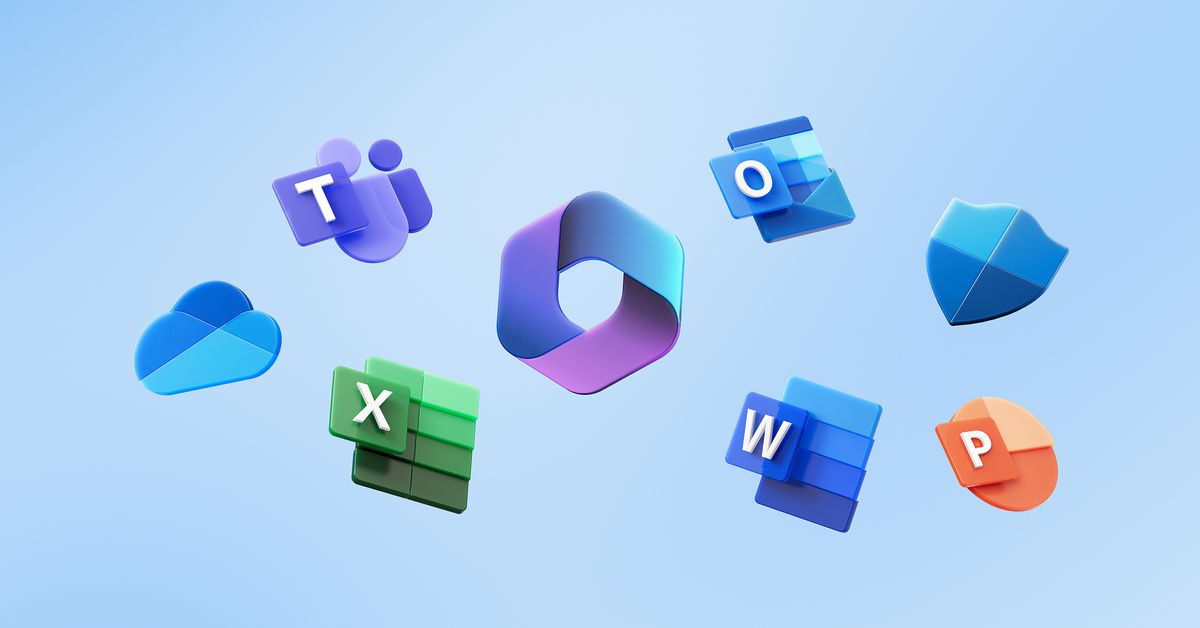Microsoft to End Support for Office Apps on Windows 10: Understanding the Implications
Microsoft’s recent announcement regarding the termination of support for Office applications on Windows 10 after October 14th, 2025, marks a significant transition for users and businesses alike. As this deadline approaches, it’s essential to comprehend what this change means and how to prepare for it. This article delves into the details surrounding this transition, addressing compatibility issues, user experience, and the evolving landscape of productivity software.
What Does Ending Support Mean for Users?
When Microsoft ends support for Office apps on Windows 10, it implies that the company will no longer provide updates, bug fixes, or technical assistance for these applications. Essentially, users who continue to use these apps will be operating in an unsupported environment, which may lead to several issues:
- Security Risks: Without regular updates, Office apps may become vulnerable to security threats. Malware and cyber-attacks could exploit unpatched vulnerabilities, putting sensitive data at risk.
- Compatibility Issues: As other software and hardware evolve, older Office applications may struggle to integrate with newer systems, leading to performance problems.
- Missing Features: Users may miss out on new features and enhancements available in the latest versions of Office apps, which could impact productivity.
Preparing for the Transition
With the end of support on the horizon, it’s crucial for users to start planning their next steps. Here are several strategies to consider:
- Upgrade to Windows 11: One of the most straightforward solutions is to upgrade to Windows 11, which continues to receive support for Office applications. This ensures that users have access to the latest features and security updates.
- Explore Microsoft 365: Transitioning to Microsoft 365 (formerly Office 365) is another viable option. Microsoft 365 offers cloud-based services with regular updates and enhanced collaboration tools, making it a robust alternative for users.
- Evaluate Alternative Productivity Software: If upgrading isn’t feasible, consider exploring other productivity software options. There are numerous alternatives available that might meet your needs without the risk of unsupported applications.
Evaluating Compatibility
Compatibility is a significant concern as Microsoft ends support for Office apps on Windows 10. Many businesses rely on specific applications for their daily operations, and any disruption can lead to productivity losses. Here are some key considerations:
- Assess Critical Applications: Identify which Office applications are essential for your workflow. Determine if these applications will still function correctly on unsupported systems.
- Test Compatibility: If you plan to upgrade to Windows 11 or switch to Microsoft 365, conduct thorough testing to ensure all critical applications work as expected.
- Backup Data: Always maintain comprehensive backups of your data. In the event of unforeseen compatibility issues, having a backup can prevent significant data loss.
User Experience and Productivity
The end of support for Office apps on Windows 10 will undoubtedly impact user experience. Productivity software is integral to daily tasks, and changes can be disruptive. Here are some factors to consider:
- Learning Curve: Transitioning to new software or updated versions can involve a learning curve. Users may need to invest time in training and adapting to new interfaces or functionalities.
- Collaboration Tools: Modern productivity software often includes enhanced collaboration features. Embracing platforms that support real-time collaboration can improve teamwork and efficiency.
- Performance Improvements: Upgrading to supported applications can result in better performance and user experience. Newer versions are generally optimized for speed and usability.
The Future of Productivity Software
The decision to end support for Office apps on Windows 10 reflects broader trends in the software industry. As technology continues to evolve, several key factors will shape the future of productivity software:
- Cloud Computing: The shift toward cloud-based applications is undeniable. Microsoft 365 exemplifies this trend, allowing users to access their applications and data from anywhere, on any device.
- Artificial Intelligence: AI is increasingly integrated into productivity tools, enhancing features such as smart suggestions, data analysis, and automation. This integration can significantly boost productivity and streamline processes.
- Mobile Accessibility: The rise of mobile devices has changed how people work. Future productivity software will likely focus on providing seamless experiences across all devices, enabling users to work effectively on the go.
Conclusion: Embracing Change
The end of support for Office apps on Windows 10 presents both challenges and opportunities for users. While the transition may seem daunting, it’s an invitation to explore new technologies and enhance productivity. By preparing adequately and considering the options available, users can navigate this shift with confidence.
As we move towards a more interconnected and cloud-driven future, embracing change will be paramount. Whether it’s upgrading to Windows 11, adopting Microsoft 365, or exploring alternative software, the key is to stay informed and proactive. Remember, the end of support is not the end of productivity; it’s merely a new beginning.
In conclusion, while Microsoft’s decision to end support for Office apps on Windows 10 after October 14th may raise concerns, it also opens doors for innovation and improved user experiences. As technology advances, so too must our approaches to productivity software. By understanding the implications and preparing for the future, users can ensure they remain at the forefront of productivity and collaboration.
See more Future Tech Daily

